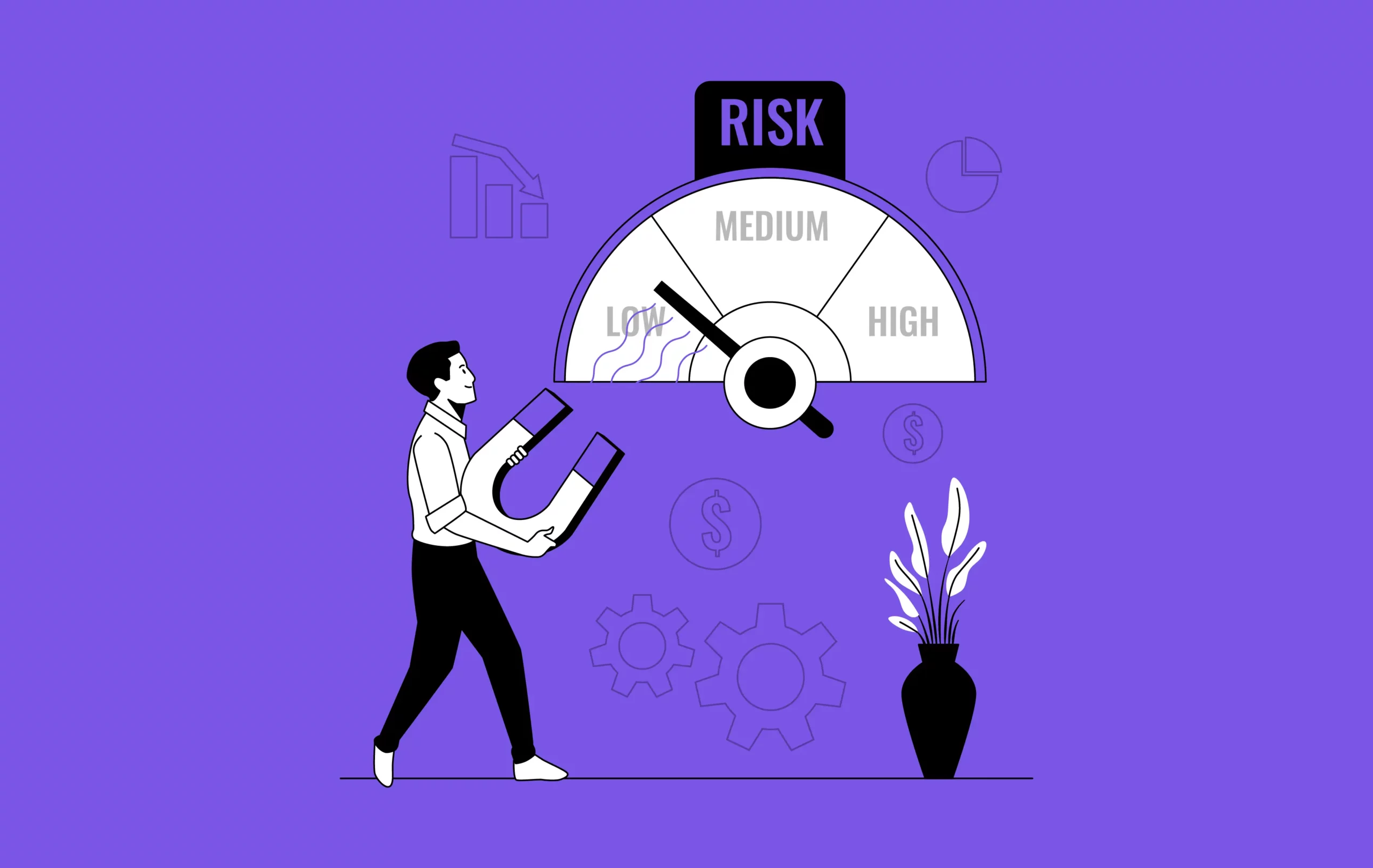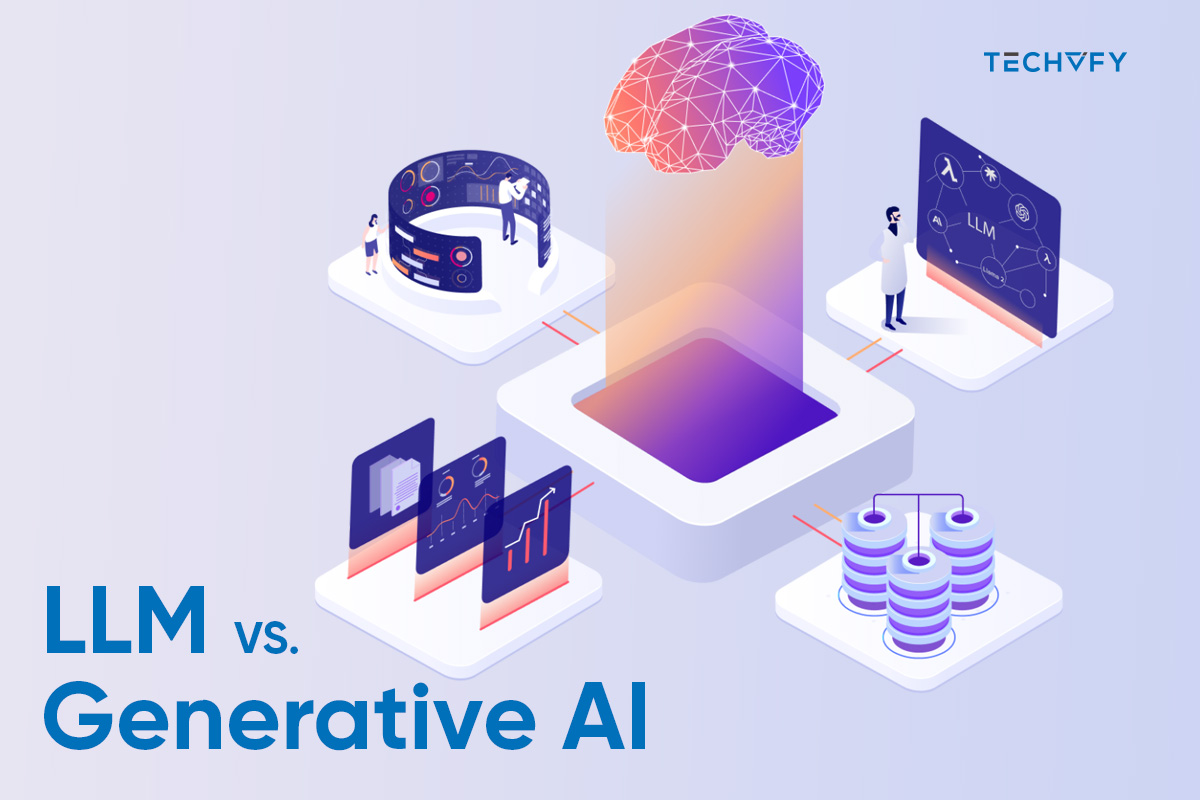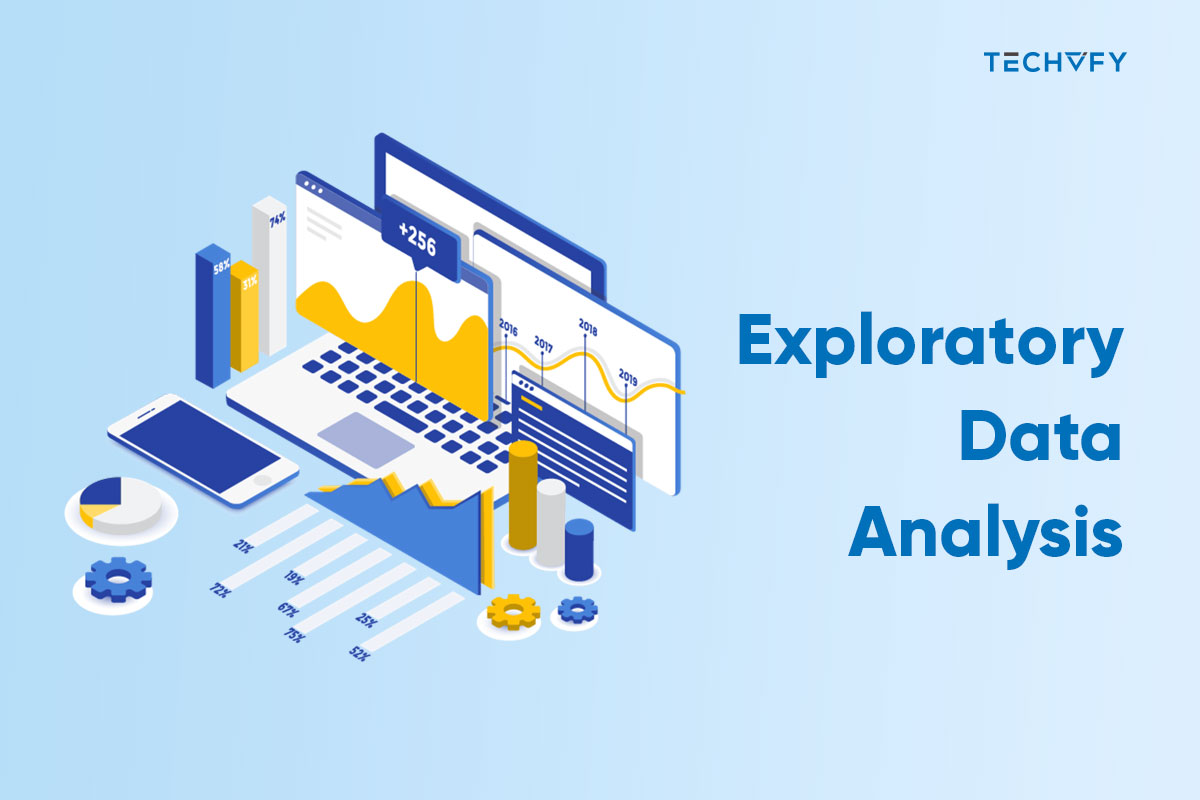Unlocking the Use of AI in Risk Management
- Potter Le
- 0 Comments
Much talk has been about how AI may help with human creativity in content creation, coding, model construction, and more. But AI is capable of far more than that. It provides access to the fields of risk mitigation. Artificial intelligence (AI) provides an array of powerful tools to assist companies in predicting and successfully mitigating a wide range of threats. AI in risk management will be the focus of this article for businesses to leverage its advantages and avoid potential difficulties.
I. Key Benefits of AI in Risk Management
Data Analysis and Pattern Recognition
Artificial intelligence’s ability to examine large datasets is invaluable for companies identifying obscure patterns and trends. AI helps to better understand possible risks by spotting these patterns, which enables well-informed decision-making. Furthermore, AI is skilled at identifying variations and errors, proactively identifying data irregularities, and addressing possible risks before they worsen.
Predictive Analytics
Organizations can proactively manage emerging risks thanks to AI’s predictive analytics capabilities. AI systems can foresee possible threats thanks to real-time data analysis, which makes timely interventions and strategic risk management possible. AI models can also anticipate future risks based on historical data, which improves preparedness and mitigation techniques.

Natural Language Processing (NLP)
AI’s natural language processing (NLP) skills are essential for evaluating large volumes of text data from various sources. Artificial intelligence (AI) helps identify external risk factors, like regulatory changes or market sentiment, by understanding language nuances, emotion, and context. Furthermore, by tracking and analyzing textual data, AI-driven natural language processing (NLP) keeps businesses updated on possible threats. Proactive risk mitigation techniques and flexible decision-making become more accessible by this dynamic approach.
II. Practical Applications of AI in Risk Management
Automation of Routine Tasks
Integrating artificial intelligence (AI) in risk management extends beyond task automation. It’s a strategic shift that not only streamlines repetitive tasks but also redefines the role of human expertise. Organizations can ensure a more effective use of resources by speeding up processes by deploying advanced algorithms and automation. It also frees up the human potential for more complex work. By automating the routine, human professionals can shift their attention to tasks requiring critical thinking and decision-making skills. By carefully allocating resources, this beneficial combination of AI-driven efficiency and human intelligence maximizes overall risk management capabilities.
Cybersecurity
Cyber threats are constantly changing along with the digital landscape, so a defense system that is both dynamic and adaptive is essential. AI is a crucial component of cybersecurity, enabling real-time detection of threats. AI quickly detects and reacts to possible threats by continuously monitoring digital environments. This trait effectively reduces risks and protects confidential data from illicit access.
AI’s adaptability is its greatest asset in cybersecurity. By analyzing trends and errors, it makes sure that safeguards change when new threats arise. This flexibility helps make cybersecurity procedures more resilient and puts businesses in a better position to remain ahead of the constantly evolving cyber threat landscape.

Fraud Detection
Artificial Intelligence (AI) emerges as an effective partner in the financial sector to stop fraud. Artificial Intelligence significantly improves fraud detection accuracy by quickly identifying irregularities and potential fraud by analyzing large amounts of transactional data. This ability to analyze data well gives organizations essential insights to help them proactively avoid financial risks.
Thanks to real-time processing capabilities, organizations can prevent financial losses and uphold stakeholder trust by quickly stopping fraudulent transactions. Effective fraud detection goes beyond protecting finances; it also builds a solid corporate environment where honesty and openness are valued. AI finds errors in this networked world and strengthens the moral basis of financial operations, creating a reliable and safe ecosystem.
AI-related articles for different industries:
III. Implementing AI in Risk Management: Challenges and Considerations
Integration with Existing Systems
Difficult to Integrate Streamlined
When it comes to bringing AI into the world of risk management, a big challenge is getting it to work smoothly with the existing systems. AI relies on a ton of data, and fitting it into our current data sources, risk management software, and decision-making tools can be tricky. This process can be a puzzle, involving issues like data compatibility, the limitations of older systems, and the potential for disruptions to our day-to-day operations.
Solutions
To tackle this challenge, we need a clear plan. This plan should outline the steps for connecting AI with our current systems, ensuring that the data plays nice, setting up communication channels between AI and non-AI parts, and doing thorough testing to ensure the integration doesn’t create new problems or mess up what’s already working.
Ethical Considerations and Transparency
Potential Problem with Business Ethics
Bringing AI into risk management raises significant ethical questions about its transparency and whether it’s making fair decisions. AI models are complex and must be more transparent about their choices. AI actively deciding on crucial matters, such as credit or employment, needs to be improved about fairness due to the need for more clarity.
Solutions
To handle this, we must ensure our AI is clear and understandable. We should design AI models so that users can see how they make decisions, find any biases, and understand why specific outcomes happen. This step involves explaining what the model decides, visualizing the decision-making process, and letting users ask questions.
On top of that, we need some rules in place. We’ve got to set up guidelines about using AI responsibly and ethically in risk management. These rules should cover things like keeping data private, ensuring AI is fair, not discriminating, and being accountable for what it does. We need a system to monitor AI usage, enforce rules, and detect issues early.

Data Privacy and Security
Potential Leak of Security
AI learns from a lot of data, and some of that data can be private – like personal info or financial records. This trait brings up worries about keeping that data safe and secure, so it doesn’t end up in the wrong hands.
Solutions
To keep data private and secure, we need solid rules and measures. This solution includes controlling who can access the data, using encryption to scramble it up, and only using the minimum amount of sensitive data necessary. We should regularly check for weak points in our security with audits and testing.
Also, we need a plan for when things go wrong. If there’s a data breach, we should have clear steps to handle it and let people know what happened. Being open and talking to everyone involved is vital to maintaining trust and respecting people’s privacy.
Conclusion
To sum up, beginners or experts can find out “How is AI used in risk management?” after this article. Using AI for risk management increases the precision of decisions, boosts productivity, lowers expenses, and permits gathering varied data from several sources. AI is an effective partner for organizations to safeguard their future in an economy of diverse and ever-changing challenges.
Don’t want to be left behind? Consider combining artificial intelligence and risk management into your business strategy. While it may pose initial challenges and costs during the transition, the long-term benefits of resource savings and cost reduction are substantial.
Together with TECHVIFY, your reliable IT outsourcing partner, discover the possibilities of AI. Let us support you in adopting risk management’s future and staying on top of developments. To start your AI-powered risk control journey, contact us right now.
TECHVIFY – Global AI & Software Solution Company
From Startups to Industry Leaders: TECHVIFY prioritizes results, not just deliverables. Accelerate your time to market and see ROI early with high-performing teams, AI (including GenAI) Software Solutions, and ODC (Offshore Development Center) services.
- Email: [email protected]
- Phone: (+84)24.77762.666





